Find out about peer review.
Debate challenges to the system.
Discuss the role of peer review for scientists and the public.
Friday 12th May, 2pm– 6pm
Workshop to be held at Informa’s Offices, 5 Howick Place, London
Peer Review: The nuts and bolts is a free half-day workshop for early career researchers and will explore how peer review works, how to get involved, the challenges to the system, and the role of peer review in helping the public to evaluate research claims.
Should peer review detect plagiarism, bias or fraud? What does peer review do for science and what does the scientific community want it to do for them? Should reviewers remain anonymous? Does it illuminate good ideas or shut them down?
To apply to attend this workshop, please fill out the application form by 9am on Tuesday 25 April: http://bit.ly/2mCFsyr
For more details, get in touch with Joanne Thomas jthomas@senseaboutscience.org.
More information: http://senseaboutscience.org/activities/peer-review-workshop/
 On the tenth anniversary of the international Open Access journal PLOS ONE we received an email to inform us that one of our articles was among the top ten per cent of most cited articles in this journal. The email referred to our paper ‘Factors influencing adherence to antiretroviral treatment in Nepal: A mixed-methods study’ [1]. Not bad considering that PLOS ONE has published over 4,300 articles since its inception.
On the tenth anniversary of the international Open Access journal PLOS ONE we received an email to inform us that one of our articles was among the top ten per cent of most cited articles in this journal. The email referred to our paper ‘Factors influencing adherence to antiretroviral treatment in Nepal: A mixed-methods study’ [1]. Not bad considering that PLOS ONE has published over 4,300 articles since its inception.
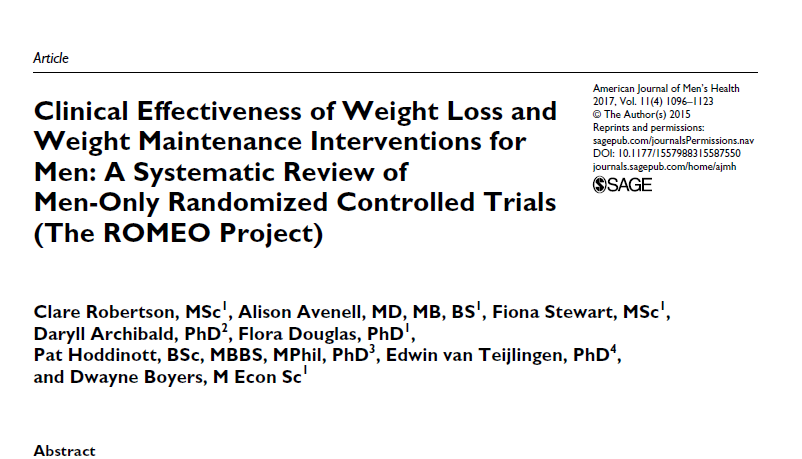
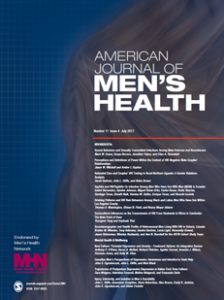
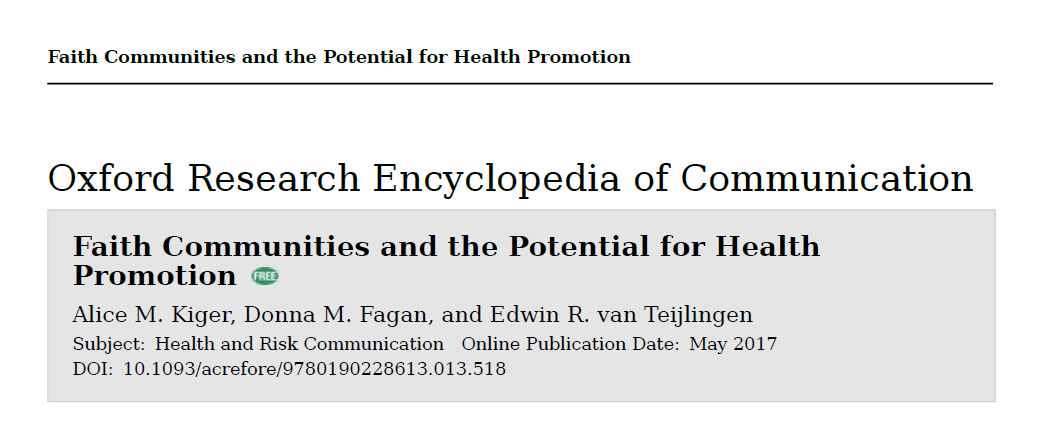
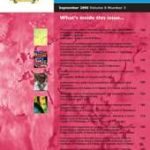
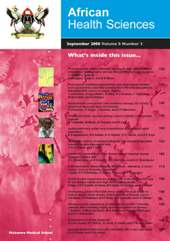
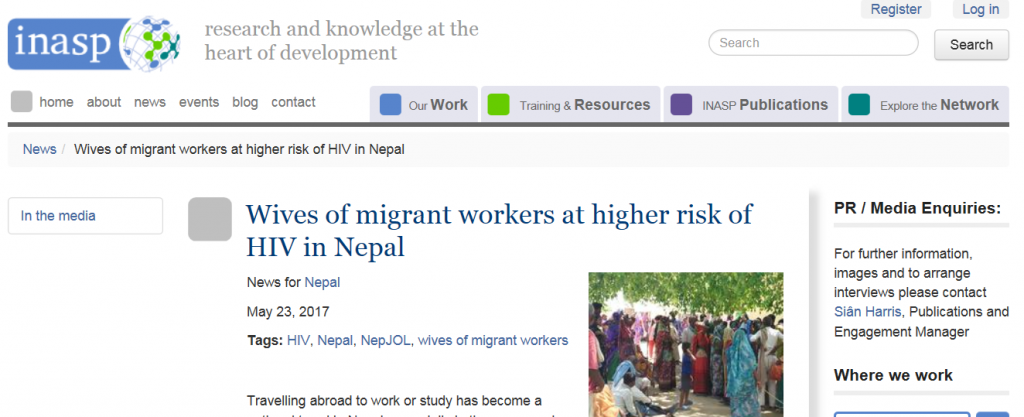
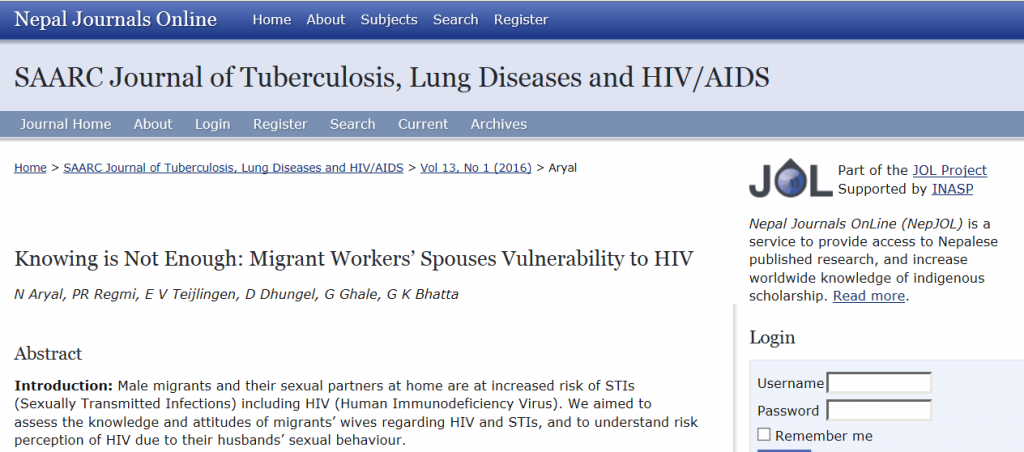
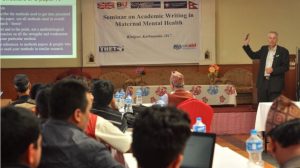
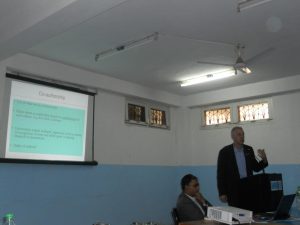
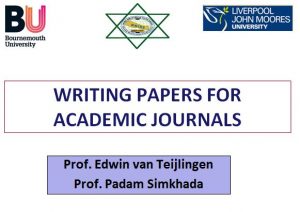
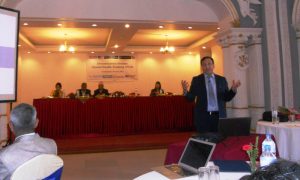
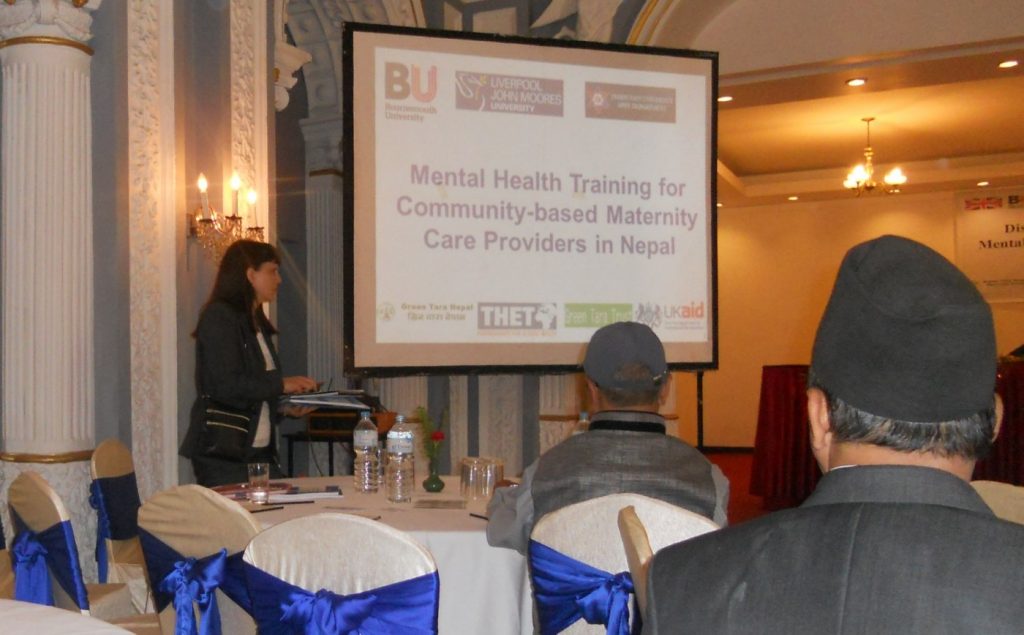
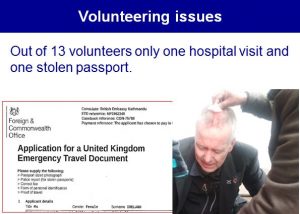
 Then come along to one of the Writing Academy’s “My publication story so far…” lunchbyte sessions.
Then come along to one of the Writing Academy’s “My publication story so far…” lunchbyte sessions. On Wednesday 24th May, the Writing Academy will be hosting a Lunchbyte session with Tim Rees. During the session Tim will talk about his personal publishing experience, his approaches to research and writing, his tips on developing a publication strategy and working with co-authors, reviewers and editors. He will talk about all types of publishing drawing on personal experience.
On Wednesday 24th May, the Writing Academy will be hosting a Lunchbyte session with Tim Rees. During the session Tim will talk about his personal publishing experience, his approaches to research and writing, his tips on developing a publication strategy and working with co-authors, reviewers and editors. He will talk about all types of publishing drawing on personal experience.

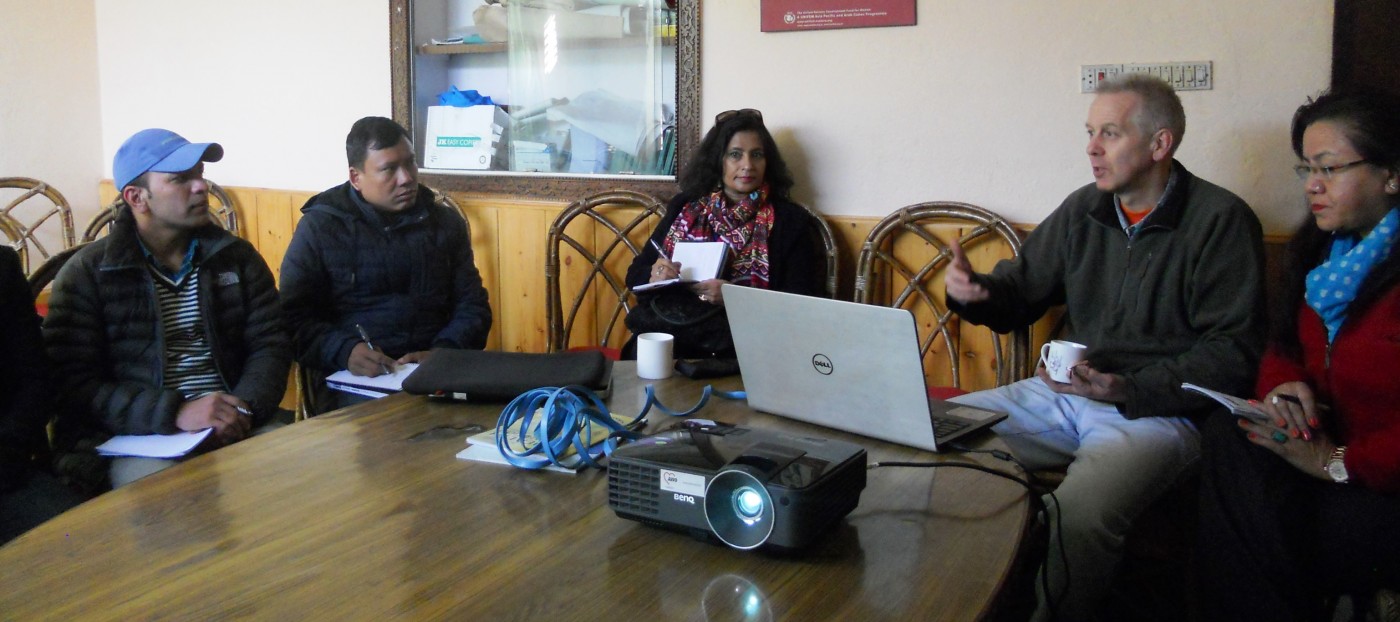


 BU has an agreement with Springer which enables its authors to publish articles open access in one of the Springer Open Choice journals at no additional cost.
BU has an agreement with Springer which enables its authors to publish articles open access in one of the Springer Open Choice journals at no additional cost. 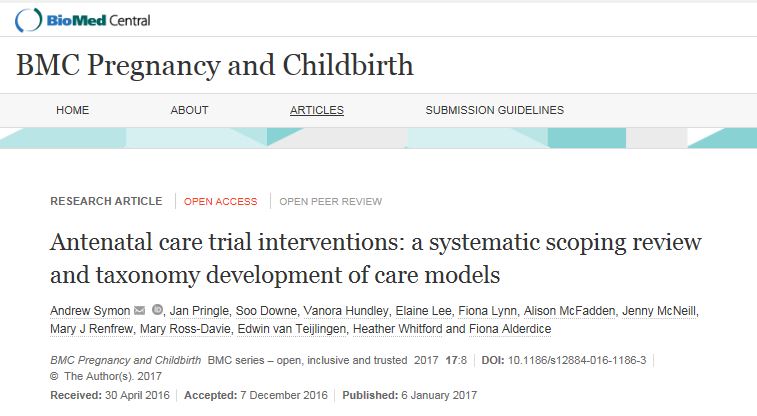











 New Nepal scoping review on maternal & neonatal health
New Nepal scoping review on maternal & neonatal health Fourth INRC Symposium: From Clinical Applications to Neuro-Inspired Computation
Fourth INRC Symposium: From Clinical Applications to Neuro-Inspired Computation Writing policy briefs
Writing policy briefs Upholding Excellence: The Concordat to Support Research Integrity
Upholding Excellence: The Concordat to Support Research Integrity ECR Funding Open Call: Research Culture & Community Grant – Application Deadline Friday 12 December
ECR Funding Open Call: Research Culture & Community Grant – Application Deadline Friday 12 December MSCA Postdoctoral Fellowships 2025 Call
MSCA Postdoctoral Fellowships 2025 Call ERC Advanced Grant 2025 Webinar
ERC Advanced Grant 2025 Webinar Horizon Europe Work Programme 2025 Published
Horizon Europe Work Programme 2025 Published Horizon Europe 2025 Work Programme pre-Published
Horizon Europe 2025 Work Programme pre-Published Update on UKRO services
Update on UKRO services European research project exploring use of ‘virtual twins’ to better manage metabolic associated fatty liver disease
European research project exploring use of ‘virtual twins’ to better manage metabolic associated fatty liver disease